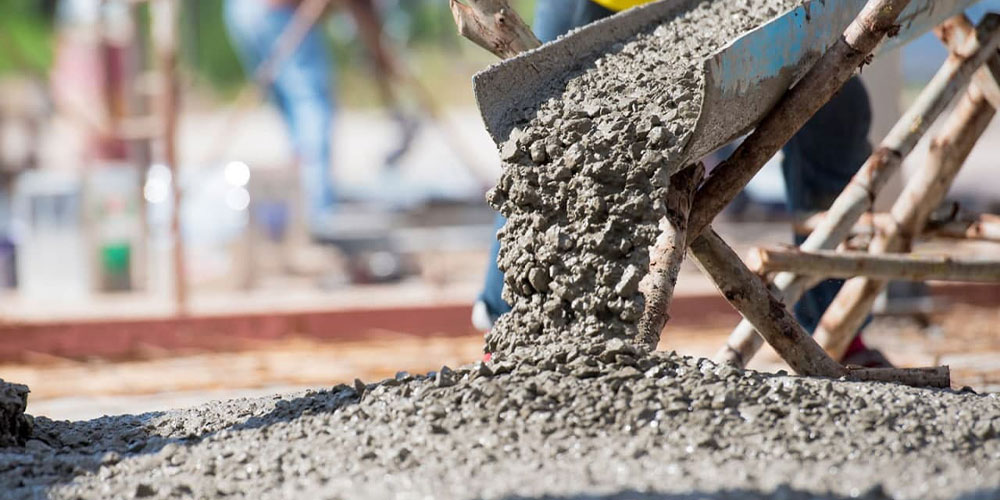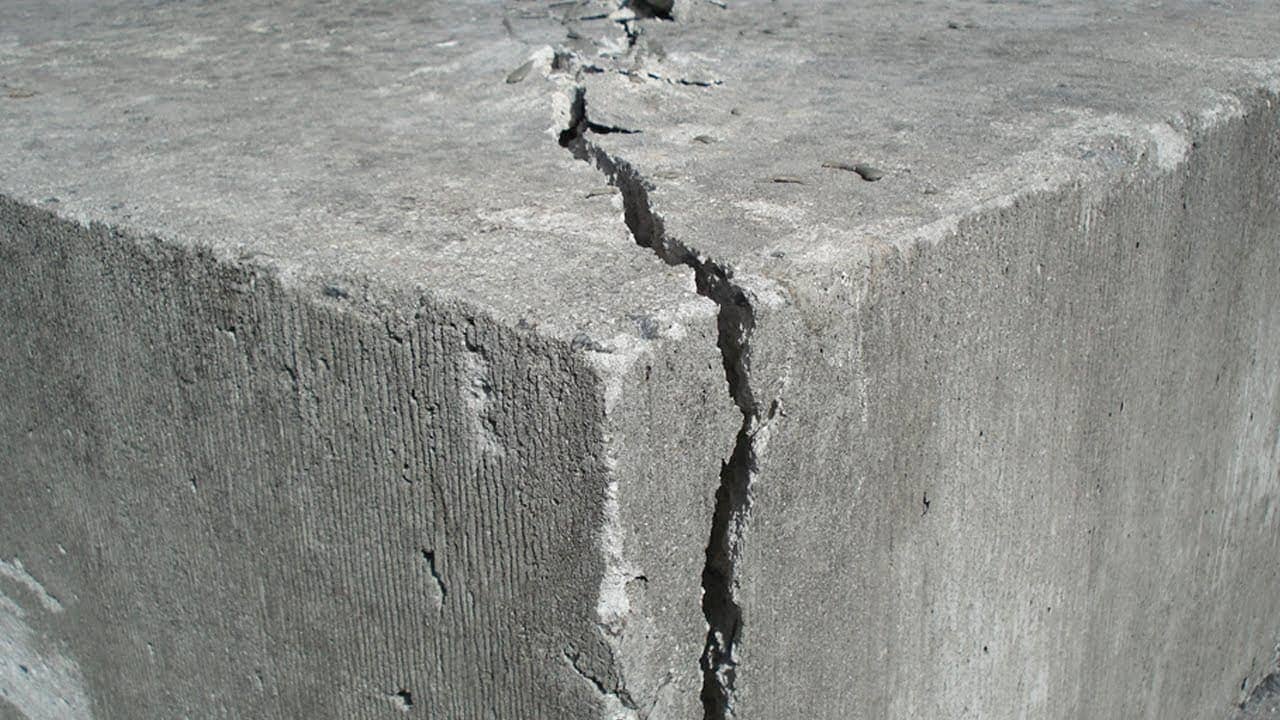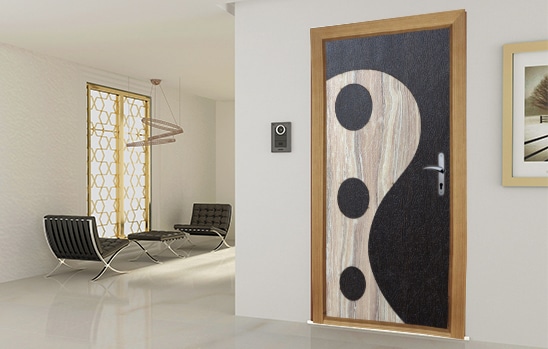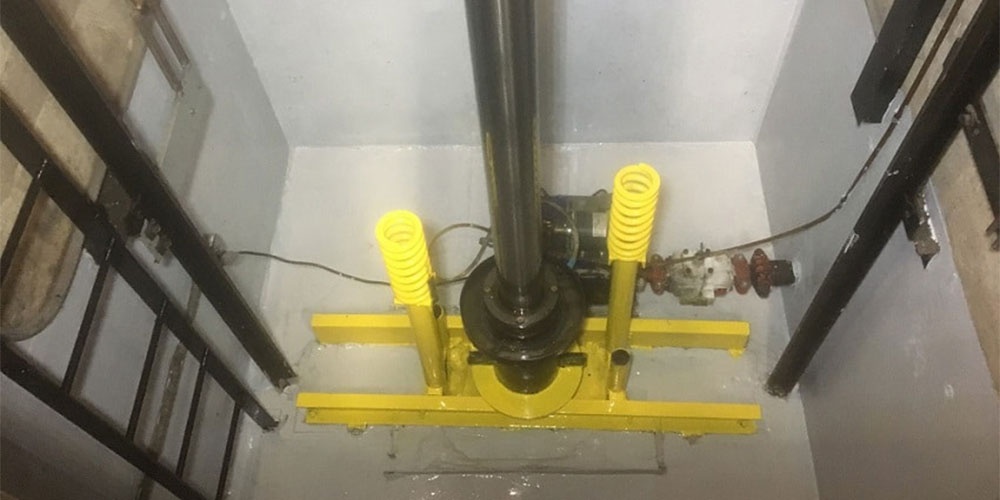Hardened Portland cement, depending on the initial water-to-cement ratio and the degree of cement hydration, contains dispersed pores and capillaries of varying sizes.
Many pore diameters are located in the range of 0.05 to 1 micron, and water moves through these pores under applied pressure or capillary action. Water-sealing or waterproofing additives are used in cases where concrete structures are exposed to moisture, salt, saline waters, or hydrostatic water pressure. Additionally, preventing water movement problems within concrete—such as damage from freeze-thaw cycles, corrosion, carbonation, and efflorescence—is achieved by using additives that reduce permeability.
The use of any waterproofing admixtures depends on the service conditions of the concrete structure. If the concrete structure is not under static water pressure, waterproofing additives such as water-sealing adhesive and Z90 resin are used. In other cases, admixtures containing neutral filler particles and extremely fine solid particles that undergo chemical reactions with cement hydration products are employed, such as adhesive and N50 concrete admixture.
In this case, the concrete will be able to resist water penetration due to hydrostatic pressure even up to several meters. Additionally, increasing the contact angle through the use of waterproofing adhesive and Z90 resin will ensure that the pressure required for water intrusion remains positive, consequently resulting in minimal capillary water rise.









